These are not all, but a lot of my completed final edits that I will use for my virtual galleries.


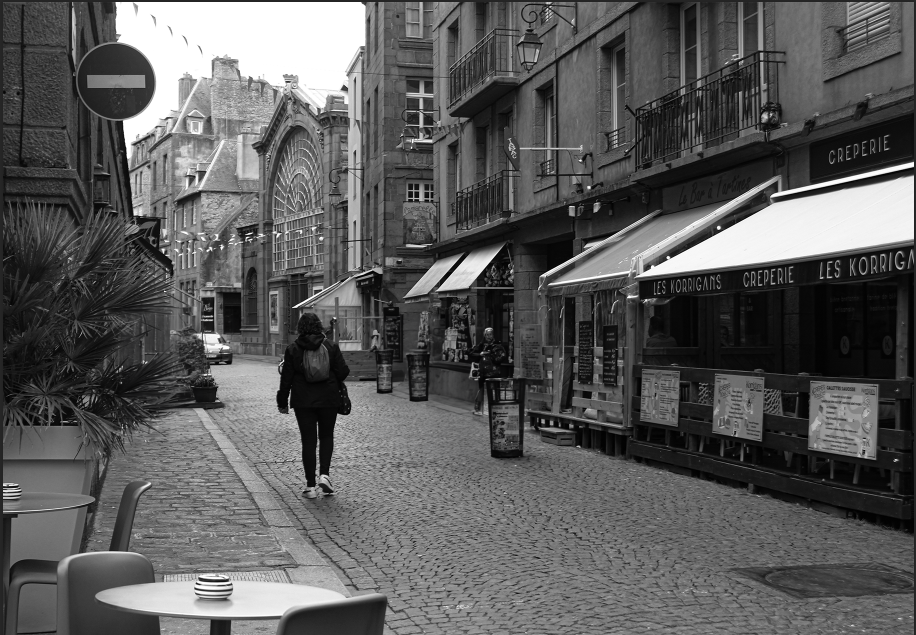


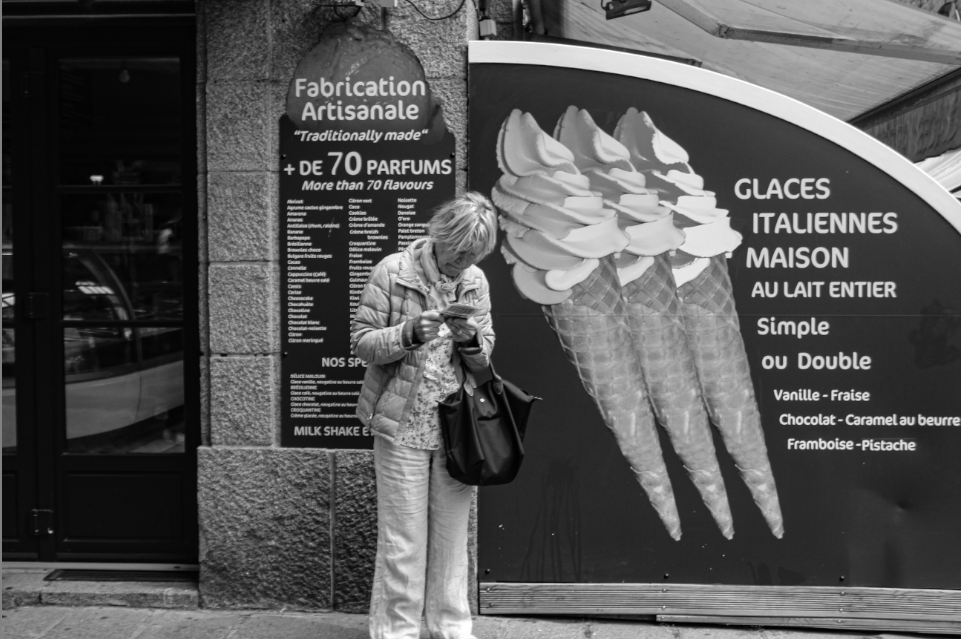














These are not all, but a lot of my completed final edits that I will use for my virtual galleries.




















Here are my edits from st Malo, these are the basic edits.





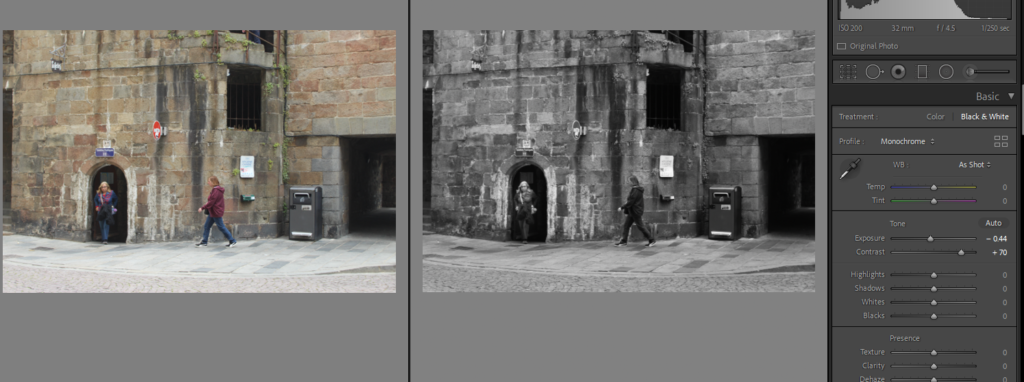

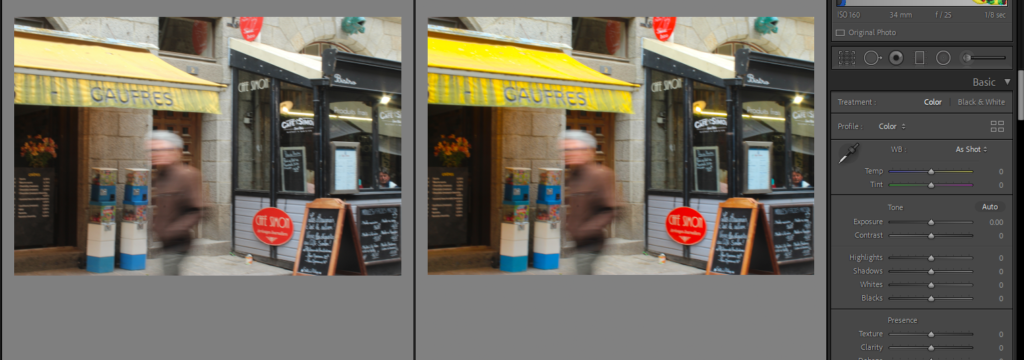

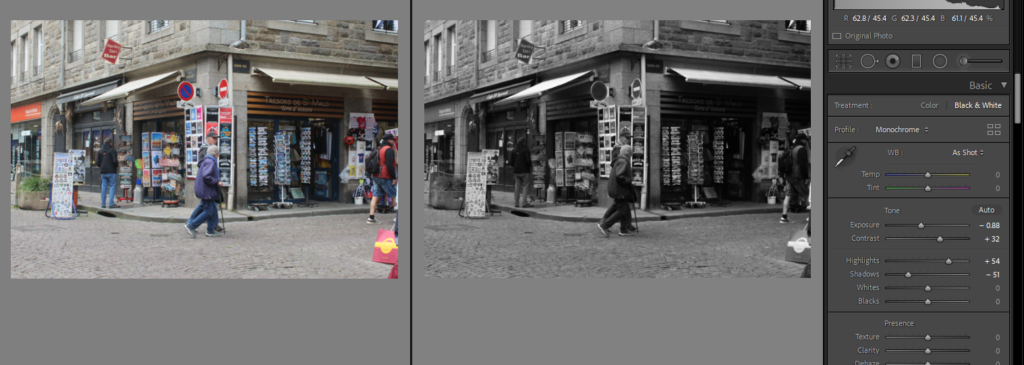
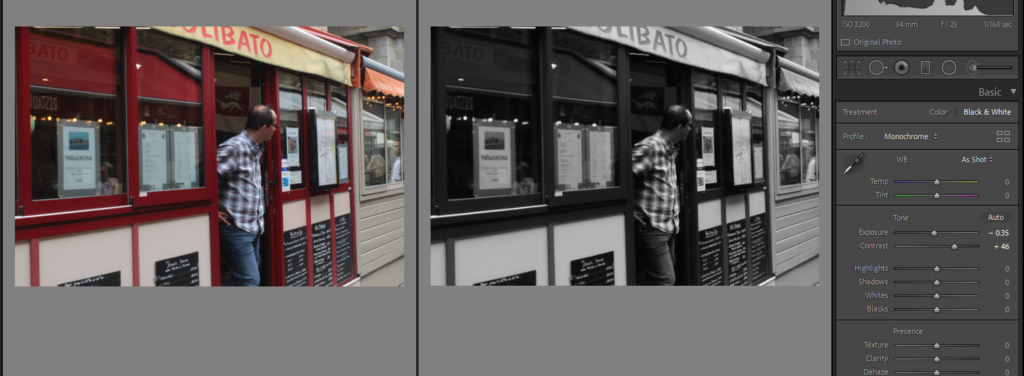
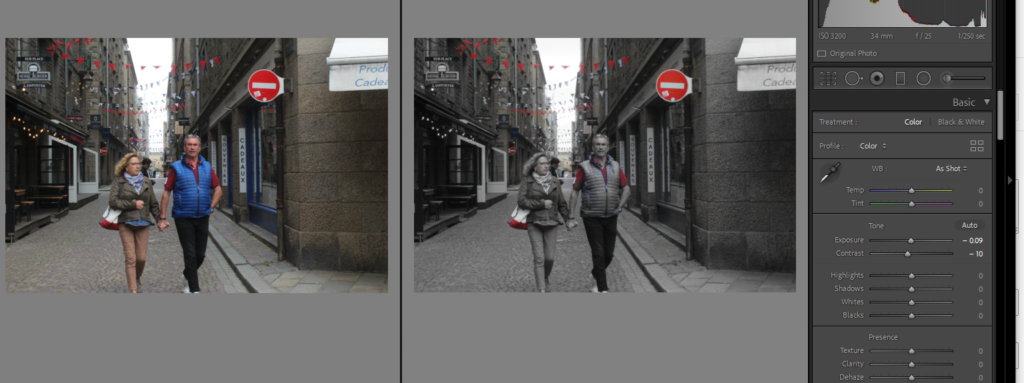
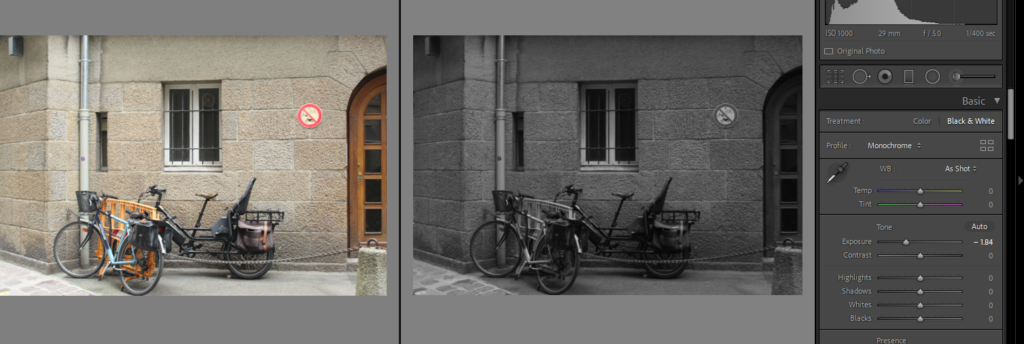
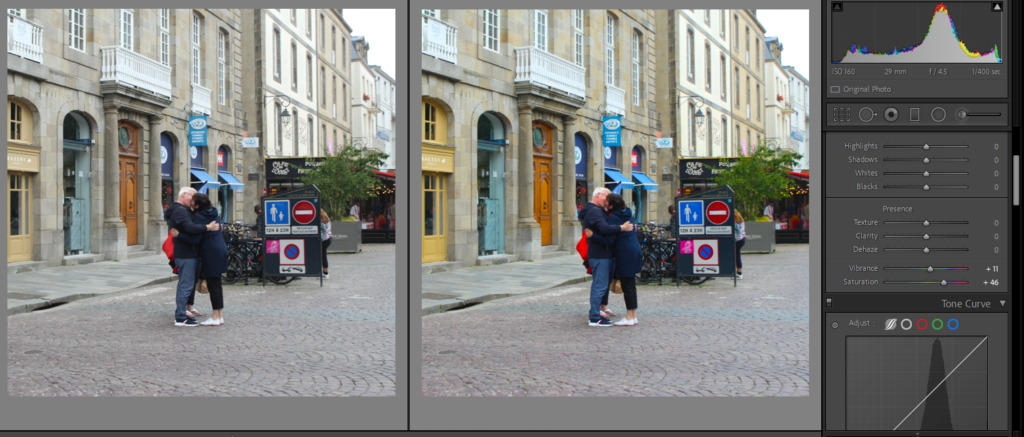
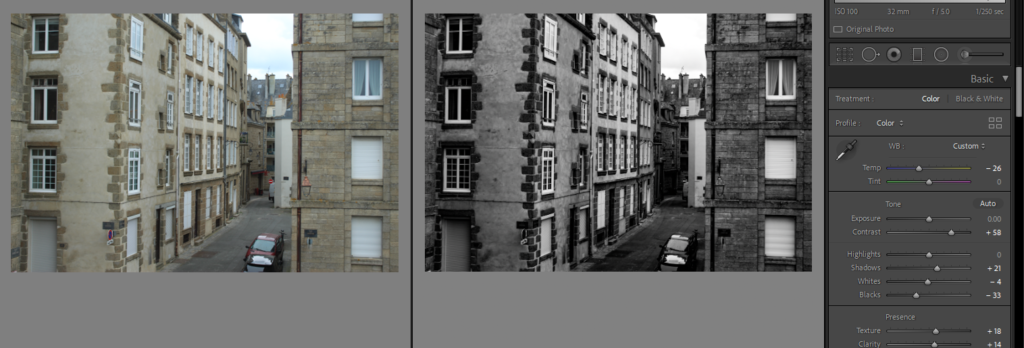
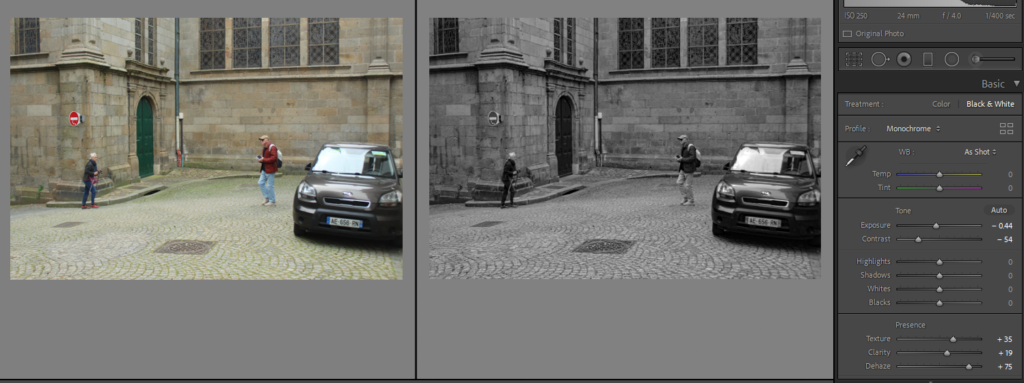

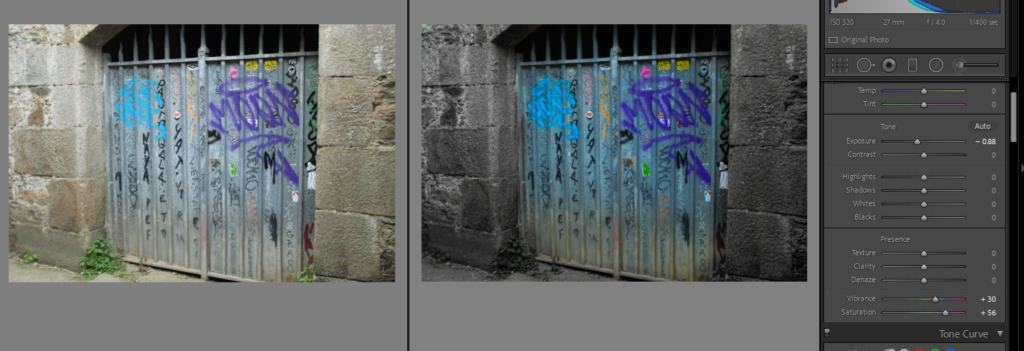
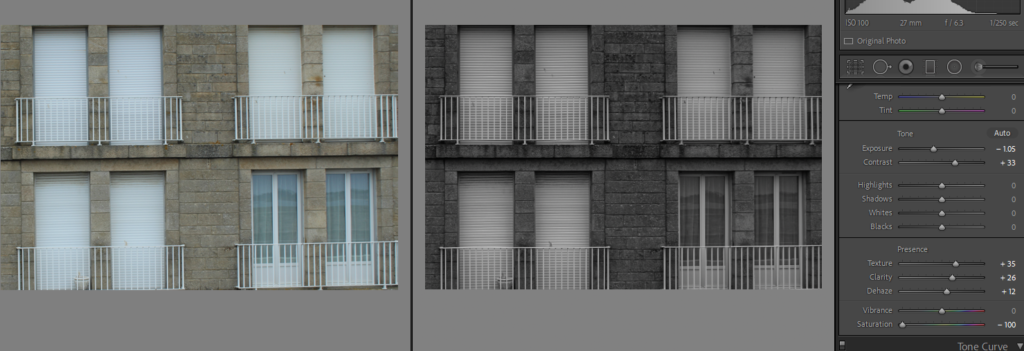
In these images there only basic edits because I didn’t do much to them apart from making them black and white then changing the exposure, contrast, texture, clarity and dehaze.
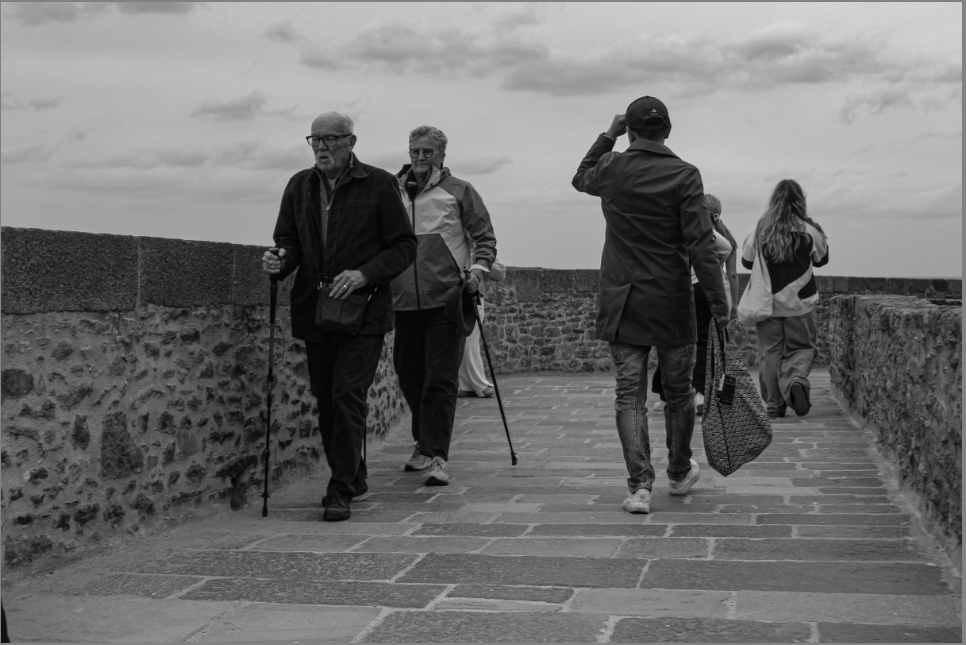
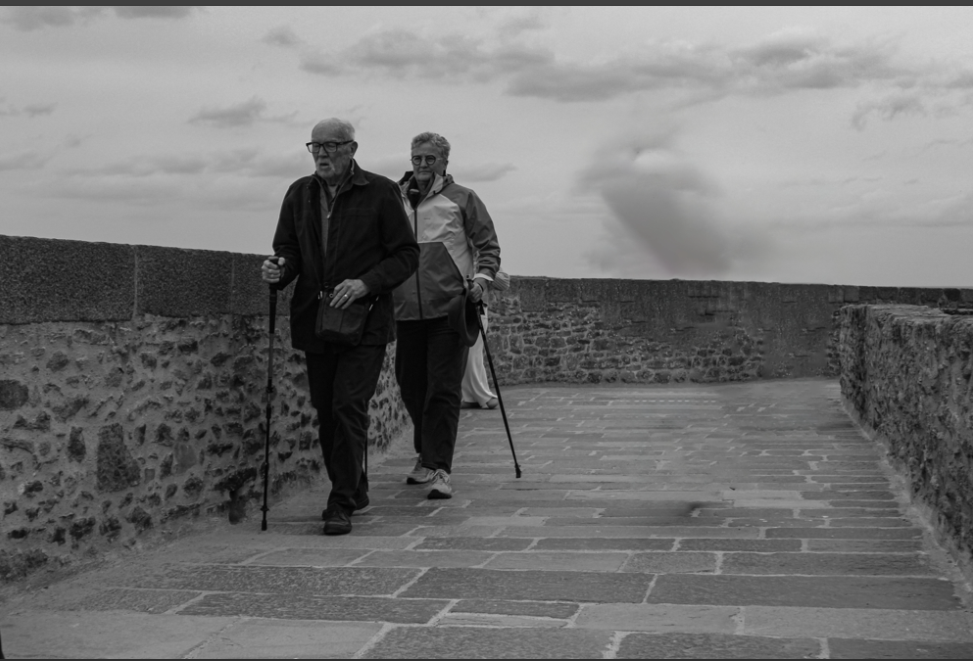
For this image I went into Adobe photoshop to edit the people in the background to make this image better. I then took a few images like this one into Photoshop, and edited to make the moments look better.
Cropping
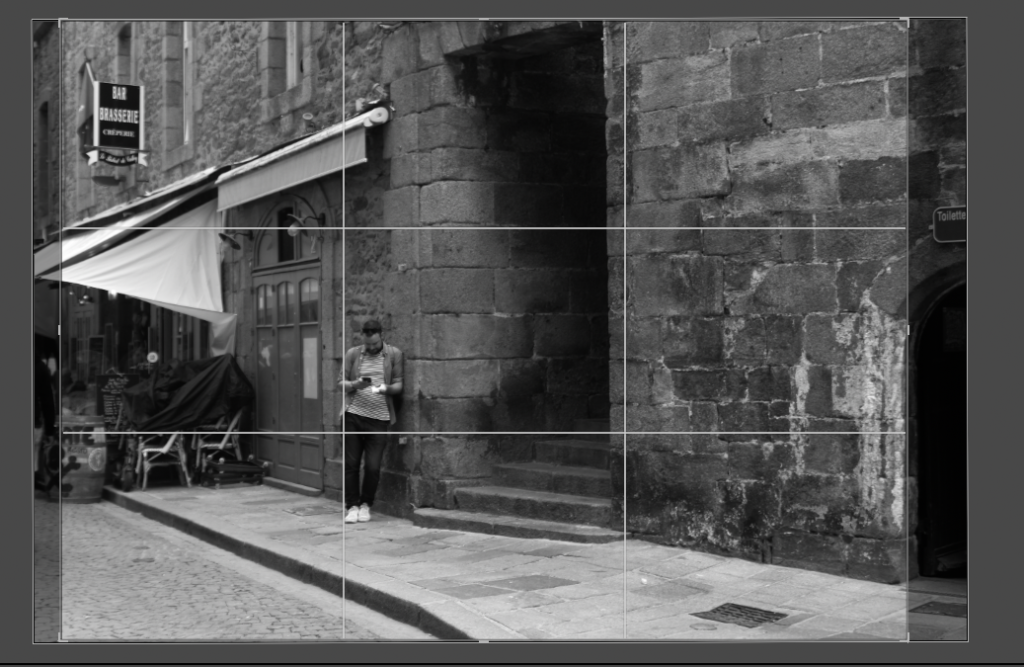
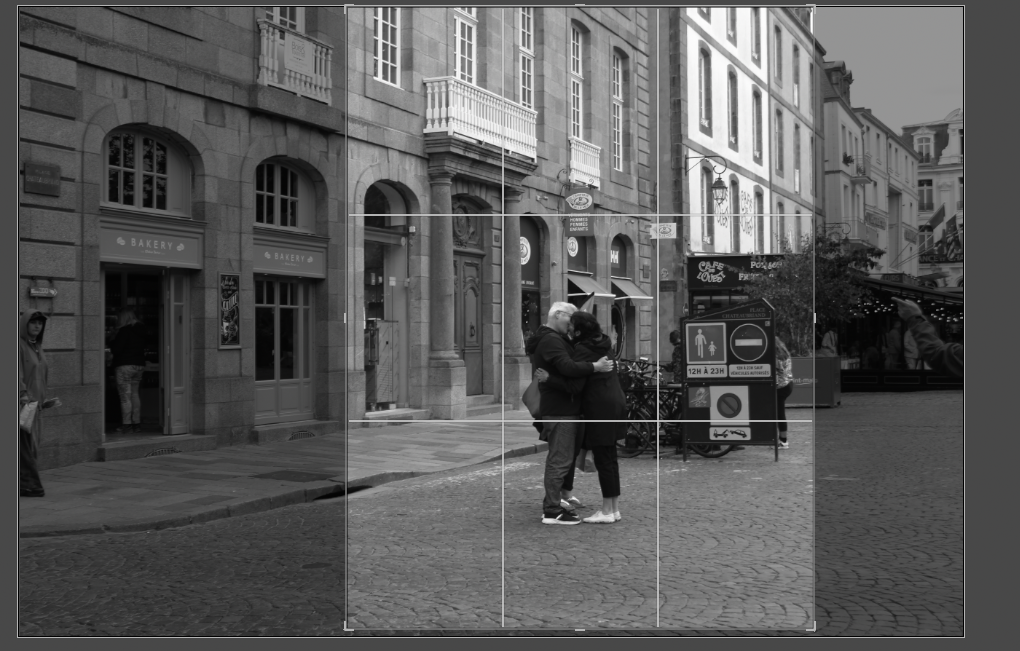
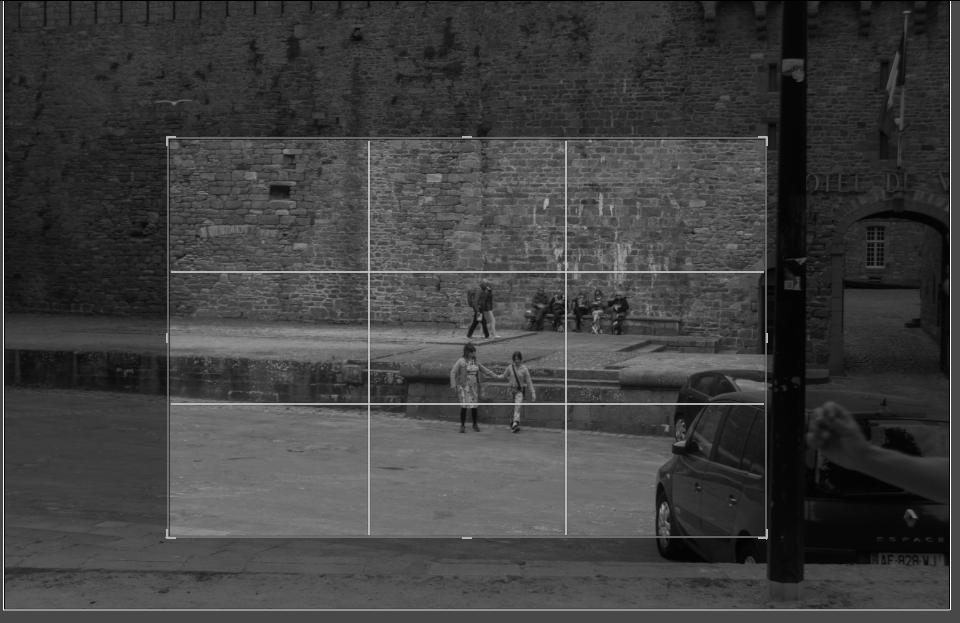

In these images I showed how I cropped them to make them better, and add affect. You can see what the before was and the the after in the photos I have presented, some I cropped potrait and some I cropped landscape, depending on what was going on in the image. Some was only a slight crop to even make the person or main subject of the image more centre to make your eye gets drawn to it.
In our day trip to St Malo, we went around the street taking street photography of people and buildings, similar to Henri Cartier-Bresson. I took 312 photos.
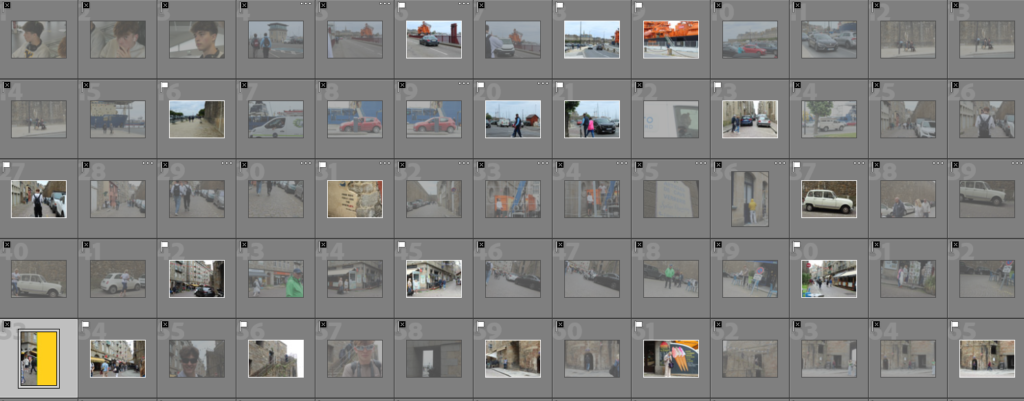
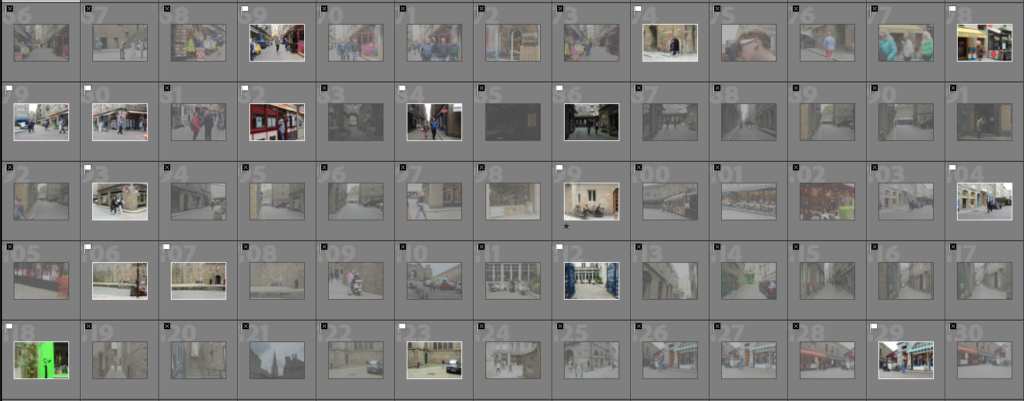
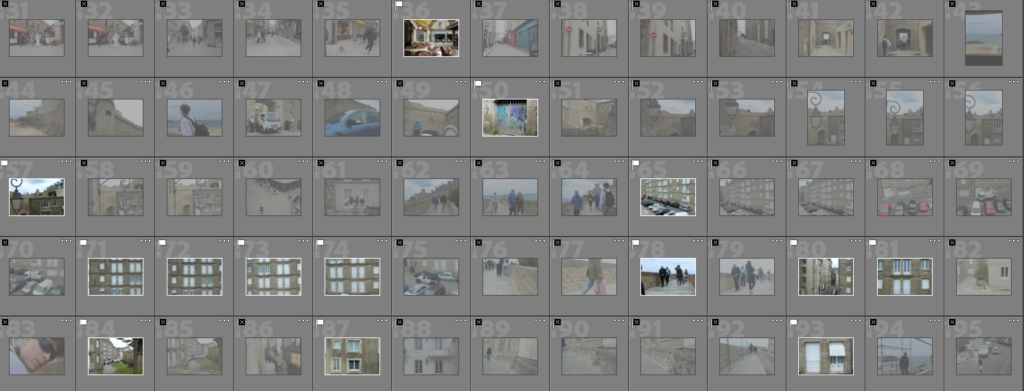
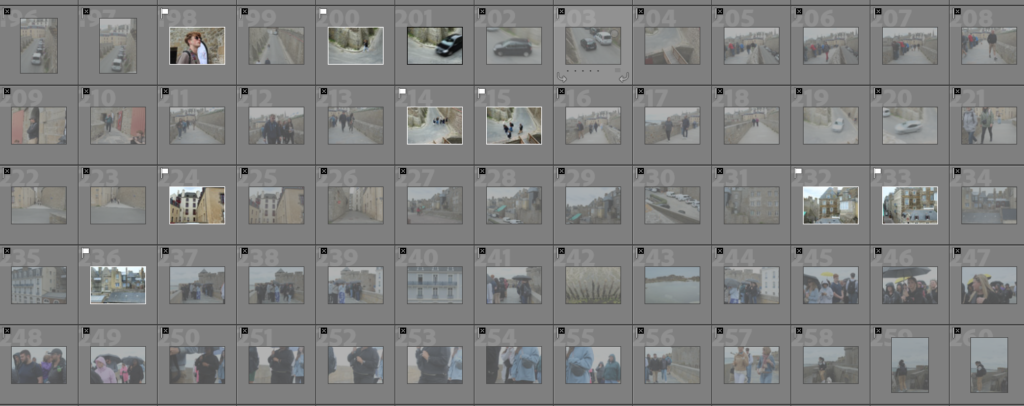

I then went through and picked my favourites and best shots to then edit and got rid of ones I didn’t like as much. This left me with 53 photos. Here are some of the ones I think are the best.



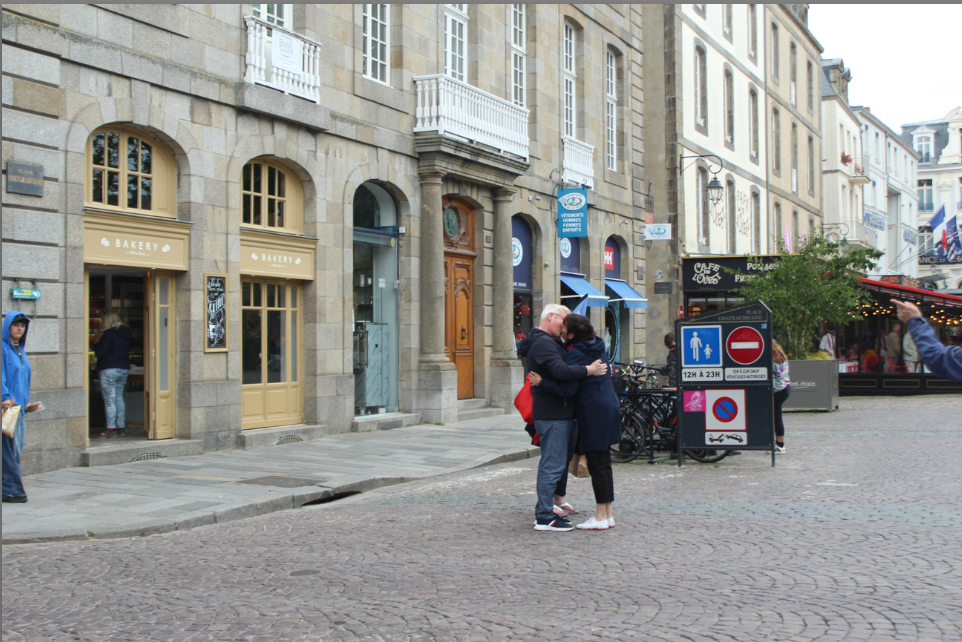

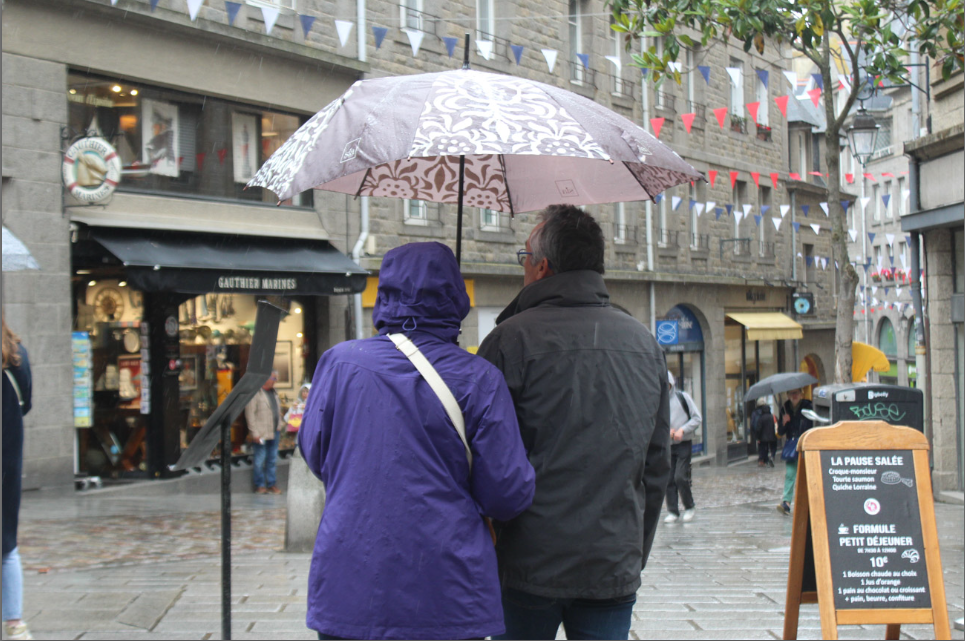

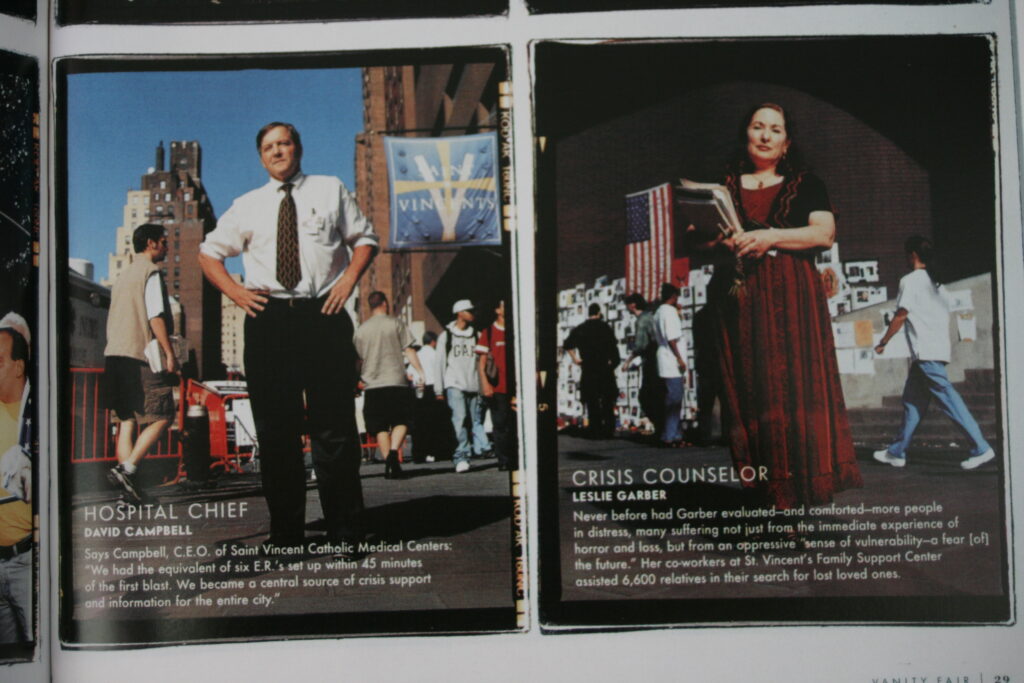
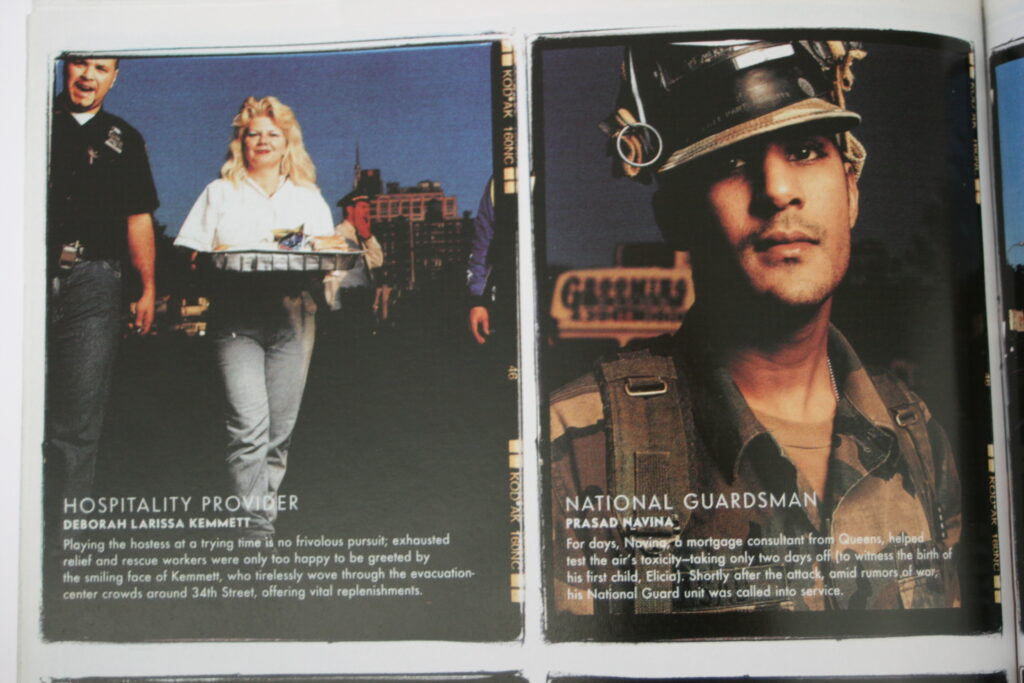
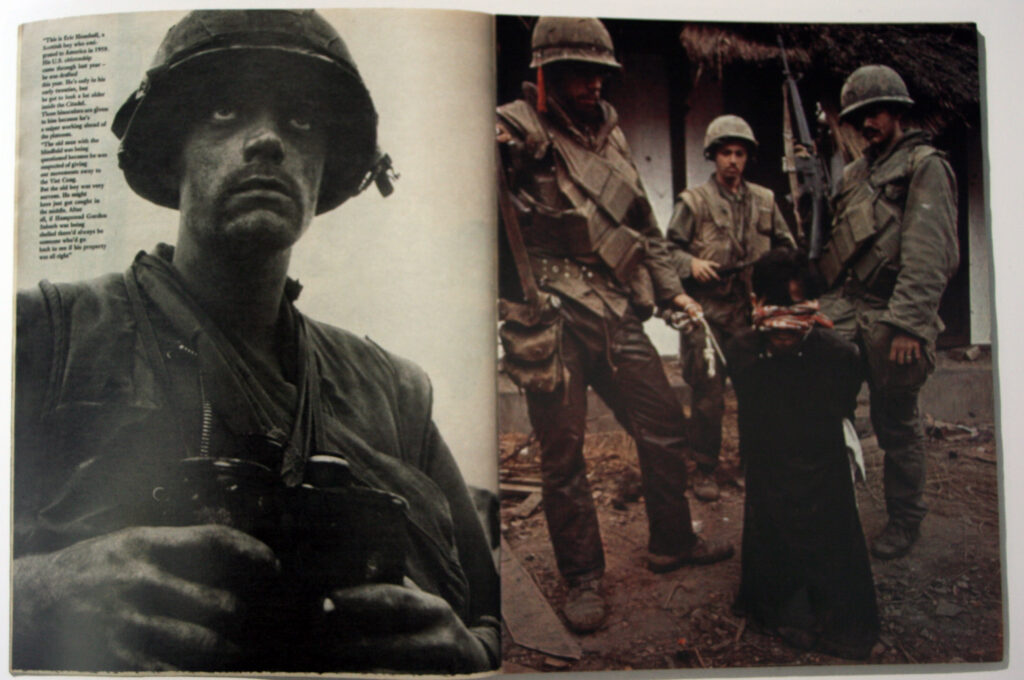
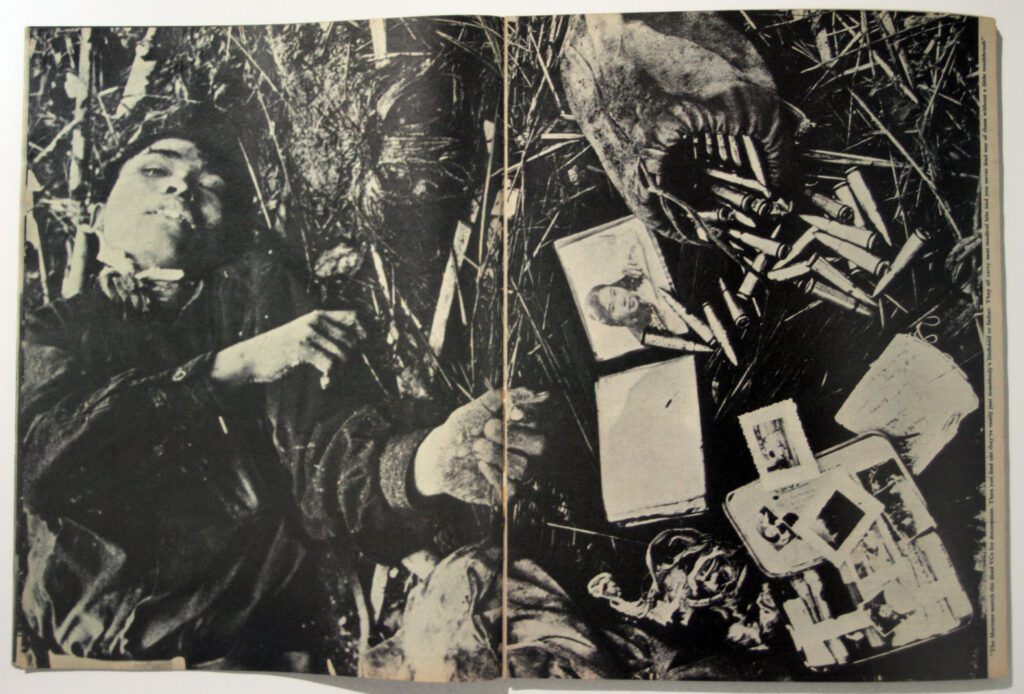
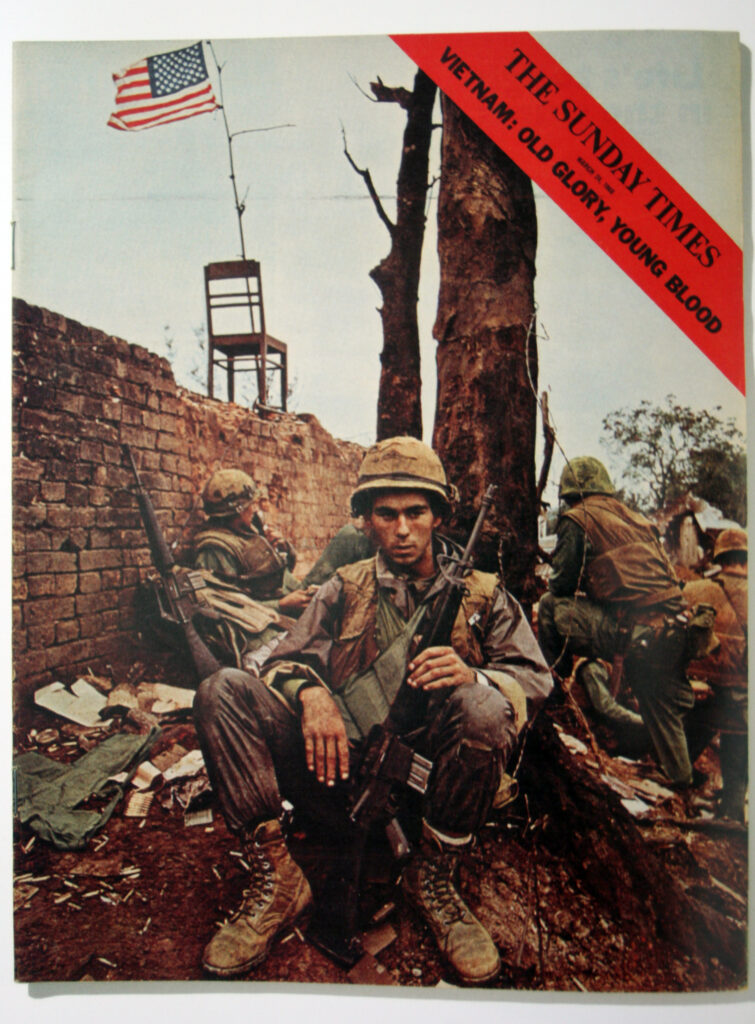


Above is a little mood board of various magazine and picture stories I have found online. I will be using my photos from the St. Malo trip to create a picture story of the walled town.
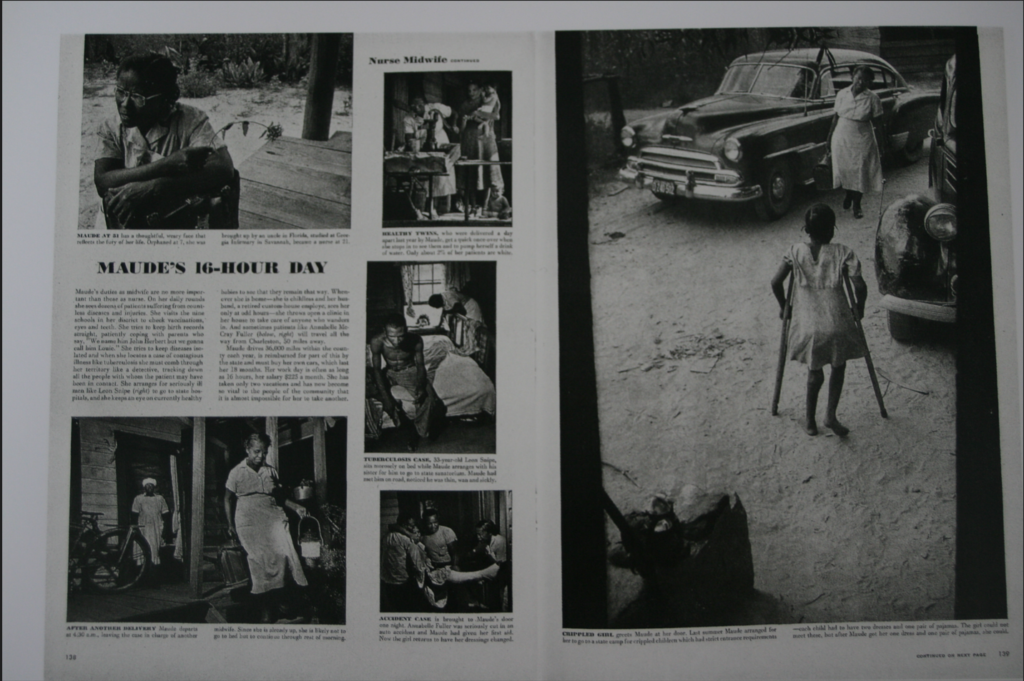
This page is apart of the ‘Nurse Midwife’ by W Eugene Smith. It talks about stories of Midwifes and the difficulties of being a midwife. I like how one side is just a single picture, as well as being the most dramatic picture. I think this was done to allow the viewer to spend time looking at the image instead of glancing at it and turning to the next page. On the left side, the photos dominate the text, likely because its easier to show emotion faster thought images than text. The font used for the title ‘Maude’s 16-hour day’ is bold, larger and different to others, making it stand out more.
Who is Henri Cartier-Bresson?
Henri Cartier-Bresson (1908-2004) was a French humanist photographer considered one of the greatest photographers of the 20th century. He is widely regarded as the father of street photography and the concept of the “decisive moment.”
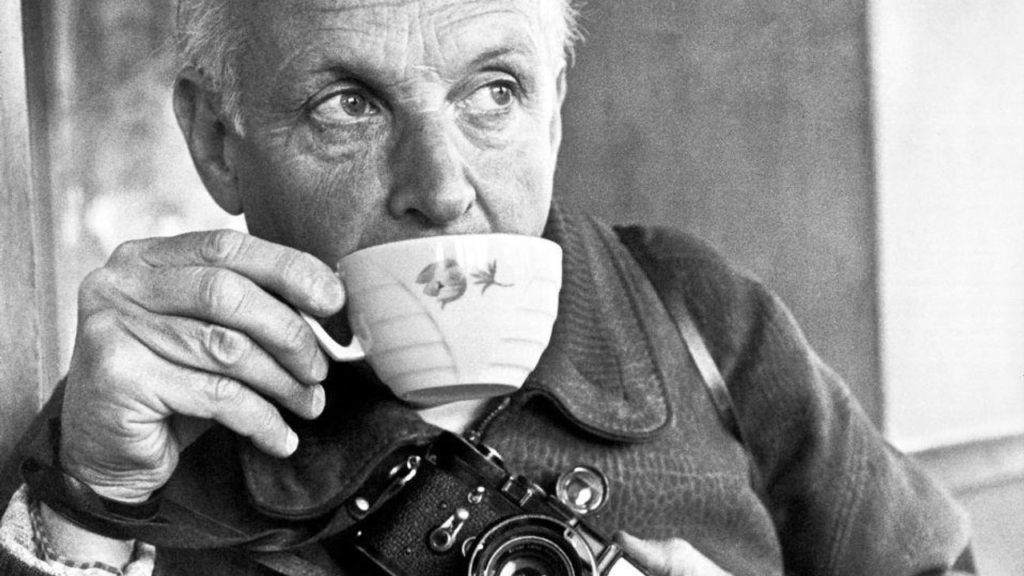
Cartier-Bresson was born in Chanteloup, France, and began his career as a journalist and photographer in the 1930s. He served in the French Resistance during World War II, using his photography skills to document the war effort.
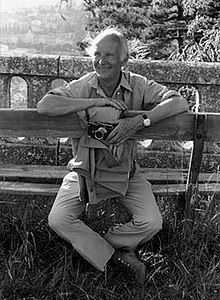
In the 1940s and 1950s, Cartier-Bresson became known for his innovative approach to photography, which emphasized capturing the essence of a moment or scene in a single frame. He believed that photography should be a way to reveal the human condition, rather than simply documenting reality. He coined the term “decisive moment” to describe this concept, which refers to the fleeting instant when all the elements of a scene come together to create a powerful and meaningful image.
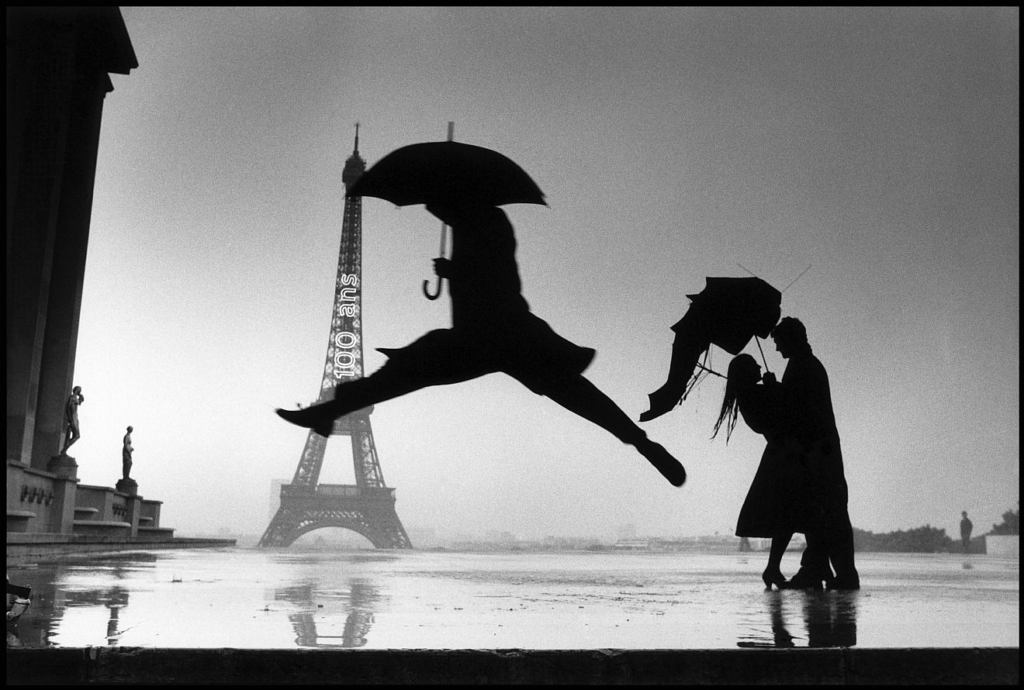
Cartier-Bresson’s photographs often featured everyday people going about their daily lives, but he was also drawn to capturing the beauty and dignity of marginalized communities, such as gypsies and peasants. His work often had a strong sense of narrative and storytelling, and he was known for his ability to capture complex social and cultural dynamics in a single image.
What is the ‘decisive moment’?
The “decisive moment” is a concept coined by Henri Cartier-Bresson, a French photographer, in his 1952 book “The Decisive Moment.” It refers to the brief, fleeting moment when all the elements of a scene come together to create a powerful and meaningful image.
For Cartier-Bresson, the decisive moment was not just about capturing a specific event or action, but rather about capturing the essence of the human experience. He believed that this moment was often a combination of several factors, including:
Cartier-Bresson believed that this decisive moment was often unpredictable and required a great deal of skill and intuition to capture. He would often spend hours waiting for this moment to unfold, observing and anticipating the action before him.
The decisive moment is not limited to specific subjects or genres, but can be applied to various forms of photography, including street photography, portrait photography, landscape photography, and more.
Some key characteristics of the decisive moment include:
Cartier-Bresson’s concept of the decisive moment has had a profound impact on photography and continues to inspire photographers today. It emphasizes the importance of being present in the moment, observing carefully, and being prepared to capture that fleeting instant when everything comes together to create a powerful and meaningful image.
How does Henri Cartier-Bresson view the activity of photography?
Henri Cartier-Bresson, considered one of the most influential photographers of the 20th century, viewed photography as a unique medium that required a distinct approach, philosophy, and set of skills. Here are some key aspects of his views on photography:
In summary, Cartier-Bresson viewed photography as a powerful medium for storytelling, observation, and capturing the human experience. He emphasized the importance of patience, intuition, and creativity in capturing meaningful images that reveal the essence of life.
Henri Cartier-Bresson Mood Board.

I went t St Malo for the 14th of July which is a special holiday in France, Bastille Day, national holiday in France and its overseas departments and territories, marking the anniversary of the fall on July 14, 1789, of the Bastille, in Paris. They celebrate with music, food and fire works and as I was in France during this time I thought it would be cool to add the experience to my work as I has previously been to St Malo for a school trip where we took some candid images of the French and tried to see how different there cultures are from Jersey. These photos are very different than the ones I captured on the school trip as I was observing people in general whereas when I went in July I was observing the culture more. I did try to get some candid images. In St Malo there are always people in the middle of the streets and they tend to do shows, play music or sing to entertain people but also to get some money, they tend to hold some meaningful stories as to why they are on the streets and why they need money. This helps to make St Malo very festive as there is always music playing, it’s really lively. The shops and restaurants are open much later than in jersey and it helps to give a different perspective. Of course all the extra images I took we from inside the walls which is represented as a small community whereas France in general is very big and isn’t like this. As it was summer when I went to France therefore, the weather was nice and there were aesthetic sunsets I was able to capture. I also decided to include the pictures of the fireworks as it can be quite hard to capture good quality fireworks. Some of them turned out quite good and though it would help people get the picture of how important the 14 July is.
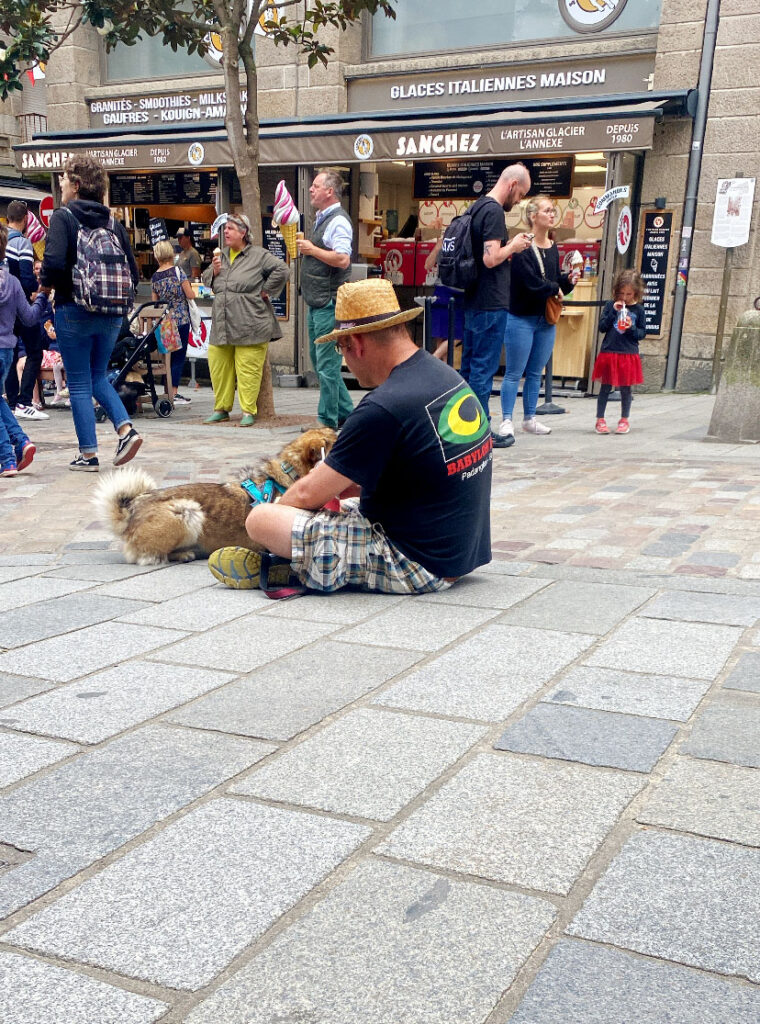

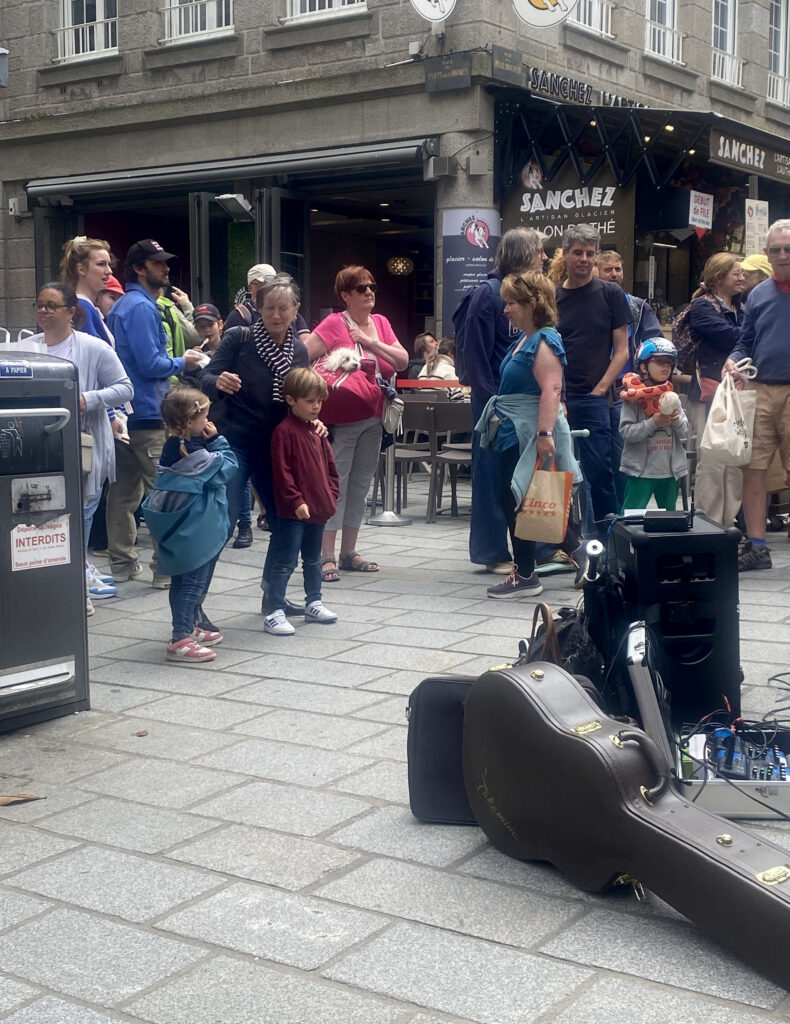
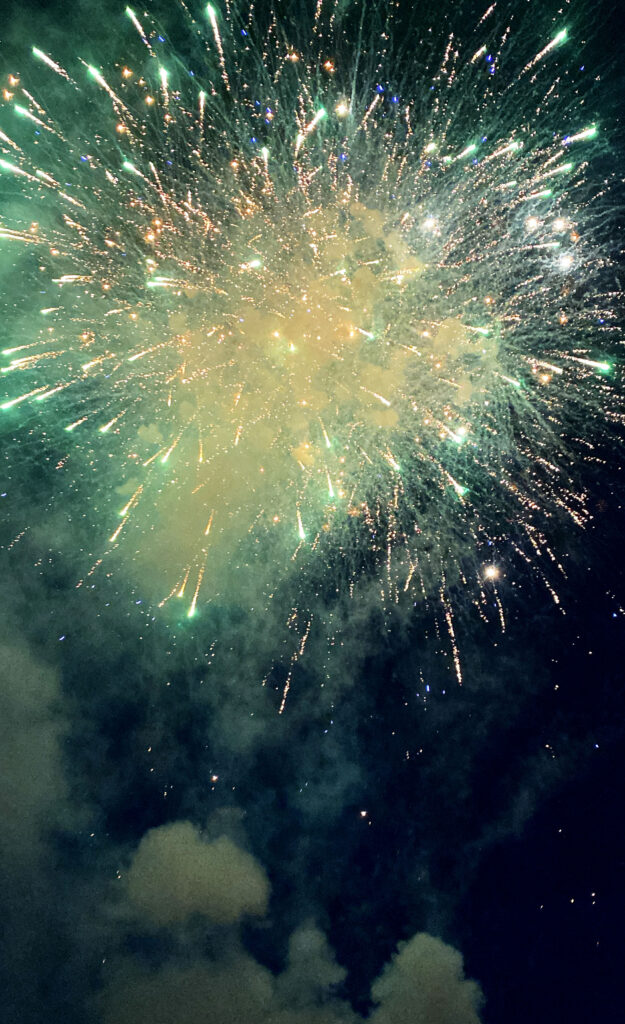



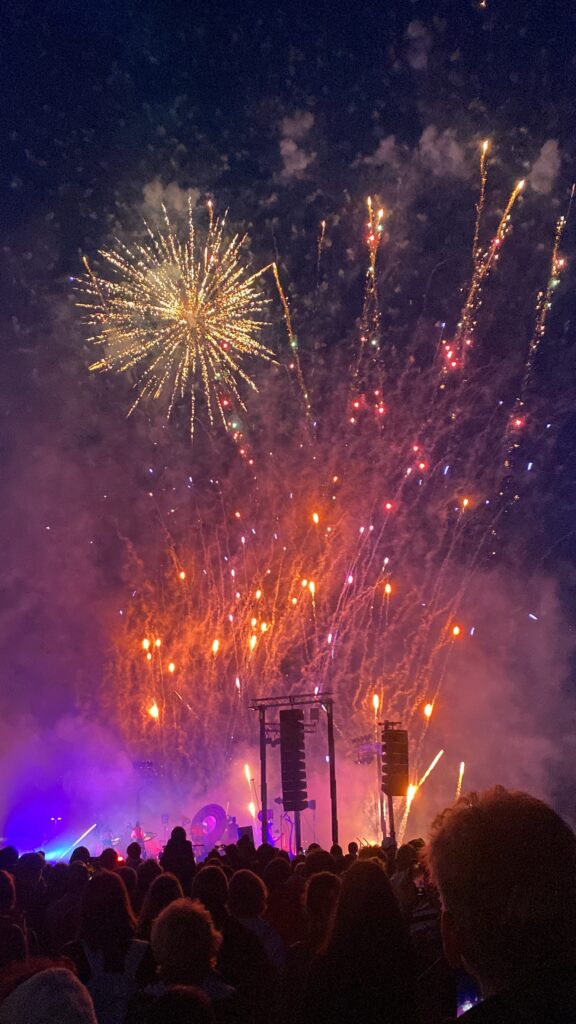
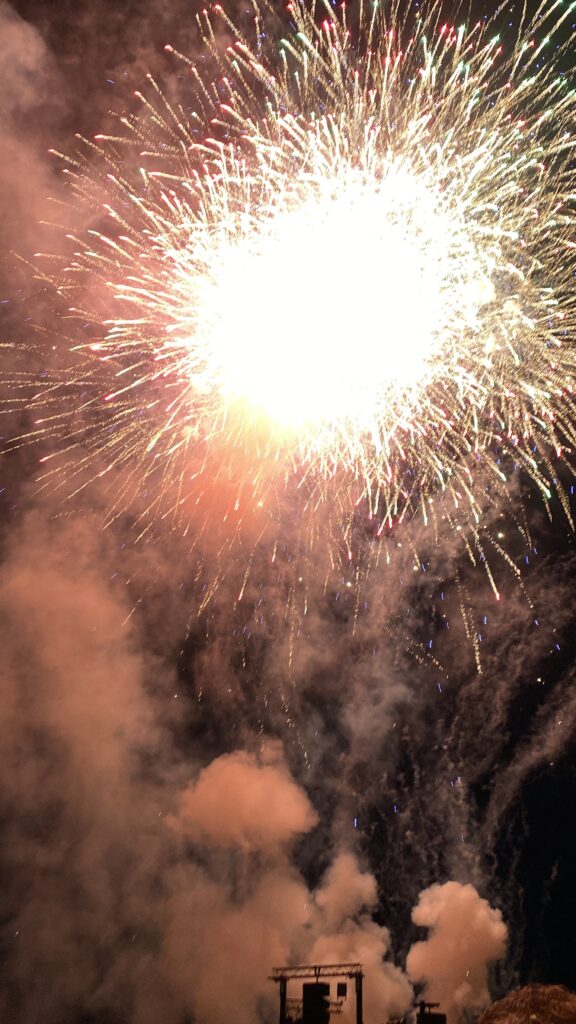



To start off, I added my first two images and moved them around to figure out what kind of layout I would want. I used the column lines to measure up my images and used the margins to base where the photos should go.

After I added all of the images, I chose one specific photograph to be bigger than the rest to stand out as I feel it is a strong image. I then inserted an image and moved it to the back and lowered the opacity to have a subtle background. I also added an eye-catching title which describes the images used and added text about St. Malo and the images that I used.
